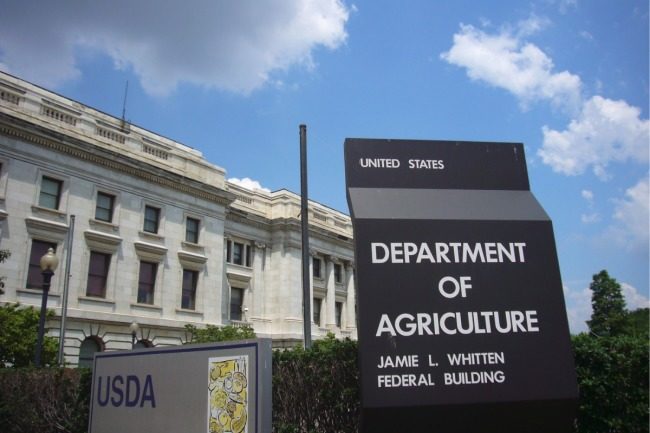WASHINGTON – A review by the Office of the Inspector General (OIG) found problems with the Food Safety and Inspection Service’s (FSIS) process for rulemaking as it developed the New Swine Inspection System (NSIS).
The OIG found that FSIS generally abided by public transparency requirements. But the review found that FSIS did not fully disclose its data sources used as part of its worker safety analysis.
“Because the agency ultimately provided transparent documentation for this specific data source to the public through the final rule, we do not make a formal recommendation relating to FSIS providing this specific documentation to the public,” OIG said in its report. “However, to ensure FSIS includes transparent documentation of data sources in future proposed rules, the agency should update its internal procedures for the rulemaking process to include a review of proposed rules to ensure compliance with the guidelines, including the guidelines’ data source transparency requirements.”
Additionally, the review concluded that FSIS did not fully adhere to USDA’s presentation and transparency requirements in the worker safety analysis section in the proposed rule.
“Specifically, FSIS neither ensured that the data in the proposed rule were presented in an accurate manner nor disclosed all known limitations of the data,” the report said.
Finally, OIG said that FSIS did not take adequate steps to determine whether the worker safety data it used to develop the proposed rule were reliable and may have used data that were not suitable for the agency’s worker safety analysis.
In response, FSIS said “…that when the USDA guideline recommends verifying third-party data, it is not referring to data from other federal agencies. Federal agencies generally accept data from other federal agencies. FSIS does not have the authority to contact establishments to independently verify OSHA’s worker injury data and doing so would place an unnecessary information collection burden on industry.”
The OIG declined to accept FSIS’s explanation, stating in its review “To reach management decision, FSIS needs to communicate all known limitations to the public. Specifically, FSIS still needs to communicate: (1) the data the agency used in its analysis of the 29 establishments did not include injury and illness rates for all establishments for each of the 10 years, and (2) the data used did not differentiate whether injuries/illnesses occurred on the swine slaughter line or elsewhere within the establishment.”
Recommendations for how FSIS might address issues related to the worker safety analysis include updating to its internal procedures for the rulemaking process, determining the impact of omissions from the proposed rule and communicating to the public the actual review period and known limitations of the data used in the analysis.
FSIS posted the final rule that established the New Swine Slaughter Inspection System (NSIS) in September of 2019. But in October of 2019, Public Citizen filed a lawsuit in a US District Court in Minnesota on behalf of the United Food and Commercial Workers Union alleging that the NSIS jeopardizes the safety of workers and consumers by eliminating maximum line speeds and reducing the number of federal inspectors on processing lines.
And in January, Food & Water Watch and Center for Food Safety launched another lawsuit against the NSIS rules in US District Court for the Northern District of California.



